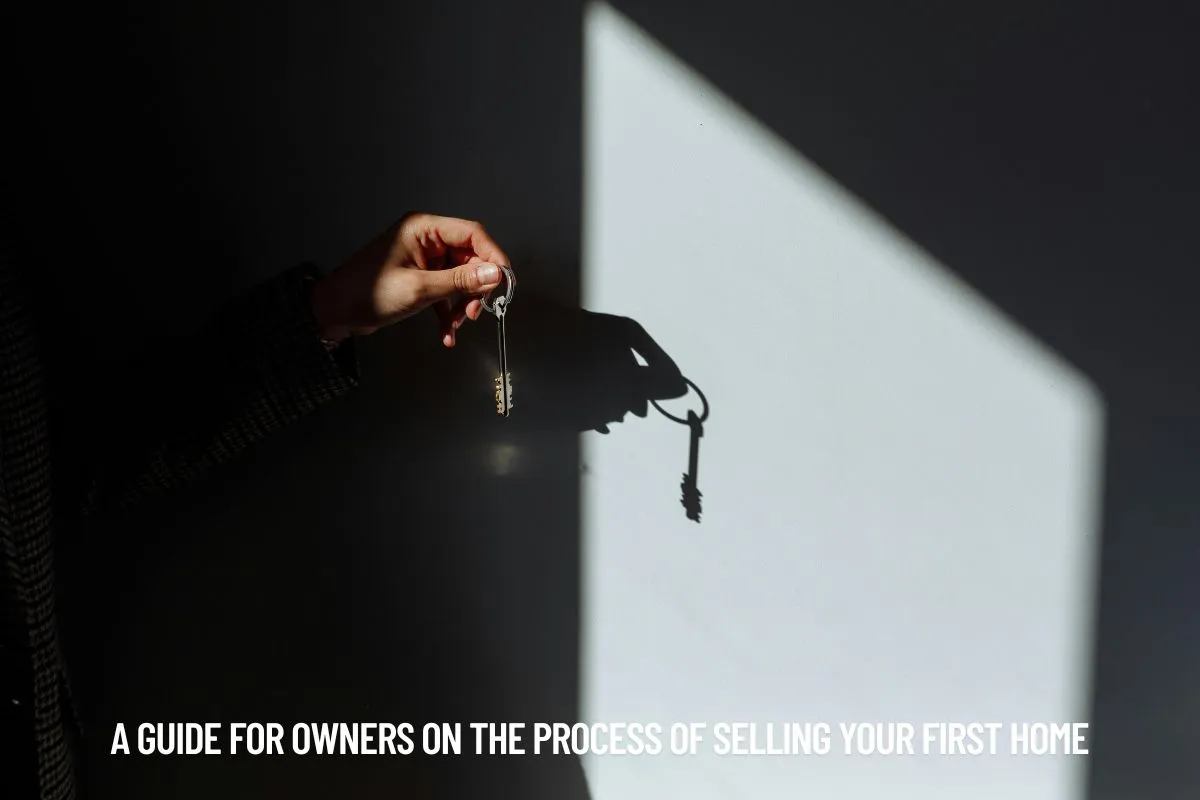Selling your first home can be both exciting and overwhelming. It marks the end of one chapter and the beginning of another, but the process involves more than just putting a “For Sale” sign in the yard. From preparing the property to navigating offers and closing paperwork, first-time sellers often face a steep learning curve. Understanding each step in the process can help reduce stress, avoid costly mistakes, and ensure a smoother, more profitable transaction.
This guide walks you through the essential stages of selling your first home, offering practical tips and insights to help you feel confident and prepared every step of the way.
Understand the Market and Set Realistic Expectations
Before listing your home, it’s important to understand the current real estate market in your area. Is it a buyer’s market or a seller’s market? Are homes selling quickly, or are they sitting for weeks or months? Researching recent sales of similar properties in your neighborhood can give you a clearer picture of what to expect.
A local real estate agent can provide a comparative market analysis (CMA) to help you determine a competitive listing price. Pricing your home correctly from the start is crucial. Overpricing can lead to extended time on the market and eventual price reductions, while underpricing may leave money on the table. The right price will attract serious buyers and generate interest early on.
Prepare Your Home for Listing
First impressions matter, and a well-presented home can significantly impact how quickly it sells and for how much. Start by decluttering and deep cleaning every room. Remove personal items, excess furniture, and anything that might distract buyers from seeing the home’s potential. Neutral paint colors, updated lighting, and minor repairs can go a long way in making your home feel fresh and move-in ready.
Curb appeal is equally important. Mow the lawn, trim hedges, and add a few potted plants to create a welcoming exterior. A tidy, well-maintained appearance signals to buyers that the home has been cared for, which can increase perceived value and reduce hesitation.
Choose the Right Selling Strategy
There are several ways to sell a home, and the best approach depends on your timeline, financial goals, and comfort level with the process. Most first-time sellers work with a real estate agent who can handle marketing, showings, negotiations, and paperwork. A good agent will also help you navigate inspections, appraisals, and closing procedures.
However, if you’re asking yourself how to “sell my house fast in California”, then you might consider alternative options such as selling to a cash buyer or an investment company. These buyers often purchase homes as-is and can close quickly, which is ideal if you’re facing a tight deadline or want to avoid the hassle of repairs and showings. While the offer may be slightly below market value, the speed and convenience can be worth it for many sellers.
Market Your Home Effectively
Once your home is ready and listed, marketing becomes the next critical step. High-quality photos, a compelling listing description, and a strong online presence are essential. Most buyers begin their search online, so your home needs to stand out on platforms like Zillow, Redfin, and the MLS.
Your agent should also promote the listing through social media, email campaigns, and local networks. Hosting open houses and private showings allows potential buyers to experience the home in person, which can lead to faster offers. The more exposure your home receives, the greater the chance of attracting the right buyer.
Review Offers and Navigate Closing
When offers start coming in, it’s important to evaluate more than just the price. Consider the buyer’s financing, contingencies, and proposed closing timeline. A slightly lower offer with fewer contingencies or a quicker closing date may be more attractive than a higher offer with multiple conditions.
Once you accept an offer, the home enters escrow. During this period, the buyer will typically conduct inspections and finalize their financing. Be prepared to negotiate repairs or credits based on the inspection results. After all contingencies are cleared, you’ll move toward closing, where final documents are signed and ownership is officially transferred.
Conclusion
Selling your first home is a significant milestone, and while the process can be complex, it doesn’t have to be overwhelming. By understanding the market, preparing your home thoughtfully, choosing the right selling strategy, and working with experienced professionals, you can navigate the journey with confidence. Whether you’re aiming for top dollar or a fast, hassle-free sale, being informed and proactive will help you achieve your goals and move forward with peace of mind.










